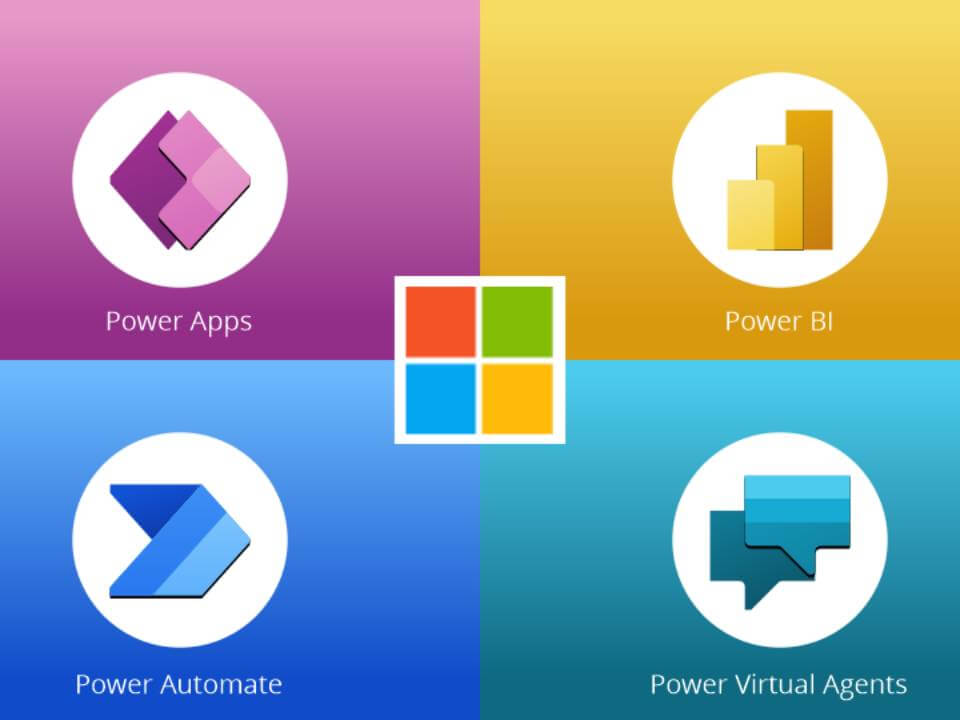“Self-service.”
It’s the dream of every IT team to enable their customers to help themselves when they need anything IT-related, from choosing new computers and provisioning email accounts to building and deploying applications and reports.
It’s not that IT people don’t like helping: The entire purpose of an IT team is to help the business grow and succeed. It’s just that the more their users can help themselves, the more the IT team can focus on the complex, challenging, and interesting projects and initiatives.
IT self-service has previously been limited in what it can offer to users. To a large extent, “self-service” has meant the ability for users to report an issue or submit a request in the IT ticketing system without having to call the service desk.
All that is changing now, thanks to a suite of tools that Microsoft calls its Power Platform.
Power Platform Explained
Microsoft Power Platform consists of four components:
- Power BI
- Power Apps
- Power Automate
- Power Virtual Agents
Let’s look at each of these in detail.
Power BI enables users to create powerful data presentations, including reports, interactive graphics, and dashboards. With a little training, users can combine data from various sources to present key metrics for strategic and tactical business decisions.
Power Apps is Microsoft’s low-code application development platform. “Citizen developers” can put together functional applications with a drag-and-drop interface. Professional developers can use it as a starting point for full-on app prototyping and development.
Power Automate provides tools that enable users to automate repetitive tasks, such as data entry from standard forms. The system “learns” these tasks and leverages connectors for various applications. Users can enhance automations with business logic by using a low-code automation builder.
Power Virtual Agents enables users to build and deploy chatbots that serve as the first point of contact in instant-message customer service. Without coding or AI expertise, you can build powerful chatbots that can resolve simple inquiries and send the rest to the right support person.
Although users need some training to use each of these tools effectively, none require extensive technical expertise.
The Shortcut to Digital Transformation
Taken together, the components of Power Platform offer a shortcut to digital transformation by distributing the power in the hands of those who stand to gain the most: the rank and file who are closest to the problems to be solved. Enabling a grassroots approach to digital transformation means that many small but meaningful initiatives can occur at the same time and aren’t limited by an IT skills bottleneck.
Of course, you still need some organizational discipline to make sure all initiatives follow some basic standards and aren’t working at cross-purposes. And it’s important to remember that in digital transformation, processes need to be worked out before tools are built. There is no point in automating a process you shouldn’t be doing in the first place.
360 Visibility and Microsoft Power Platform
The components of the Power Platform suite require some configuration and setup that are best left to the experts. 360 Visibility has the technical know-how to bring together all the data you need to make best use of the platform, whether it’s in Microsoft 365, Azure, Dynamics 365, or any other system or application.
With proper setup and security in place, your users will have everything they need to bring about your digital transformation from the ground up. 360 Visibility can guide you to that long-sought promised land of user self-service with Power Platform.



